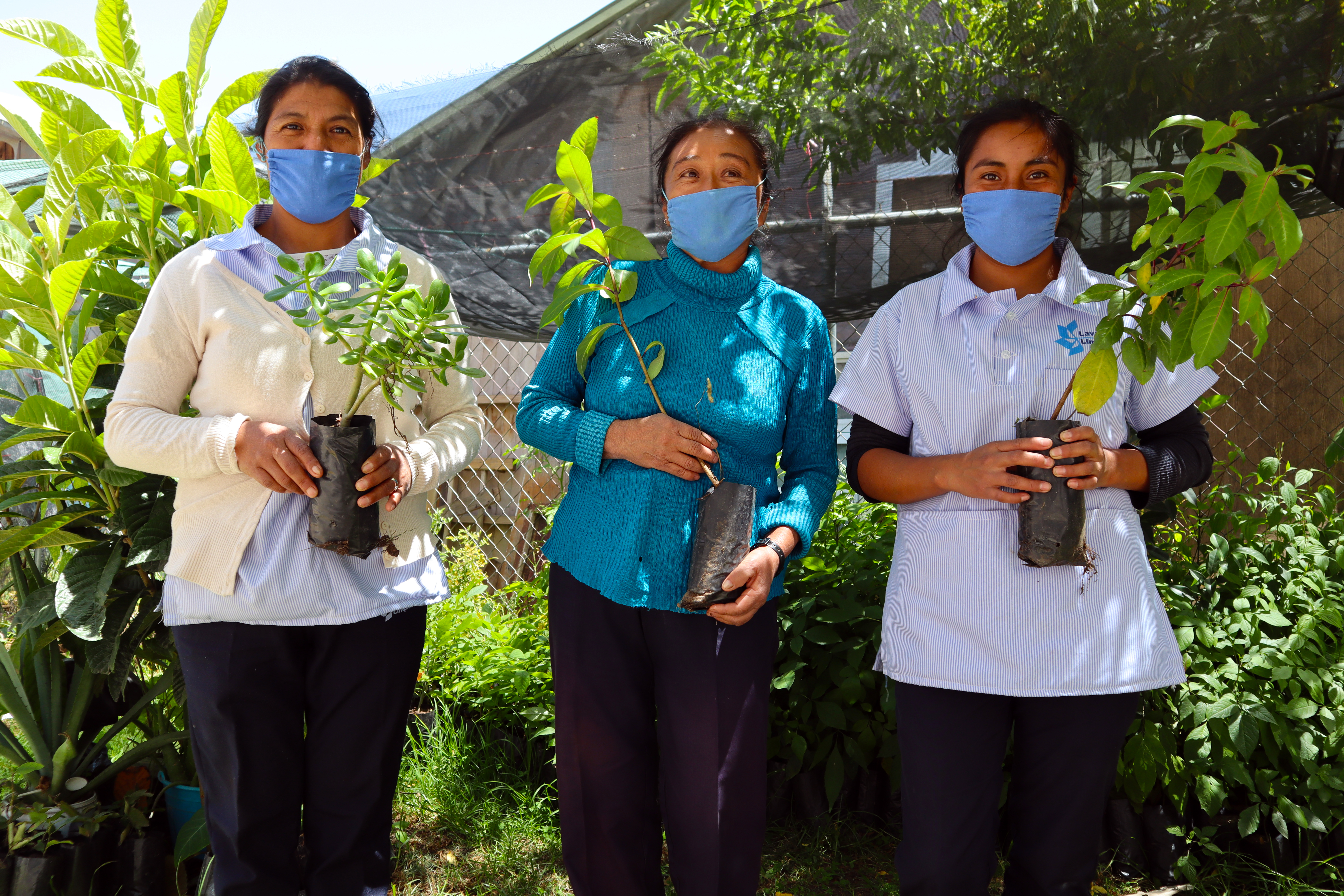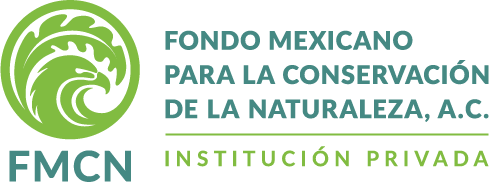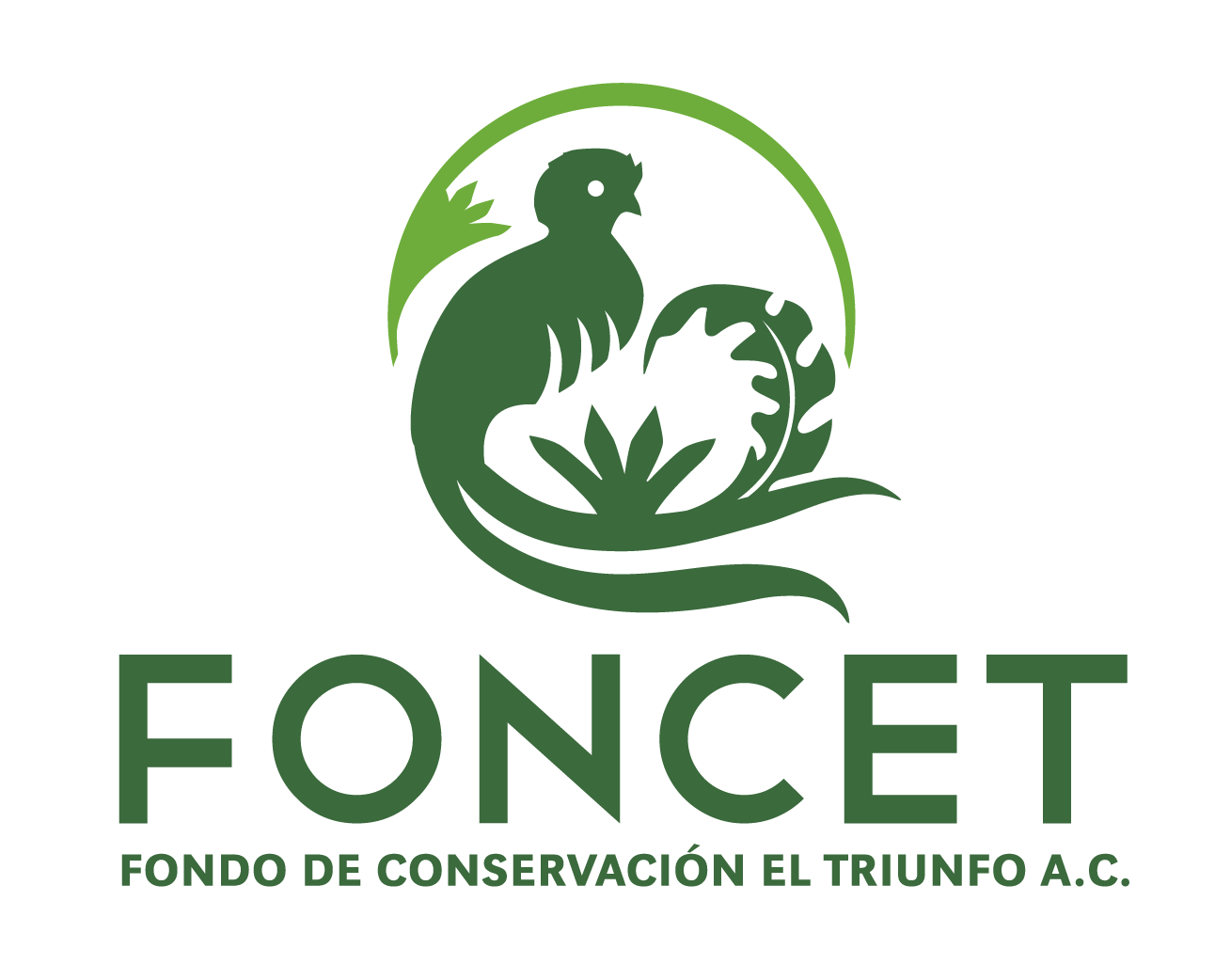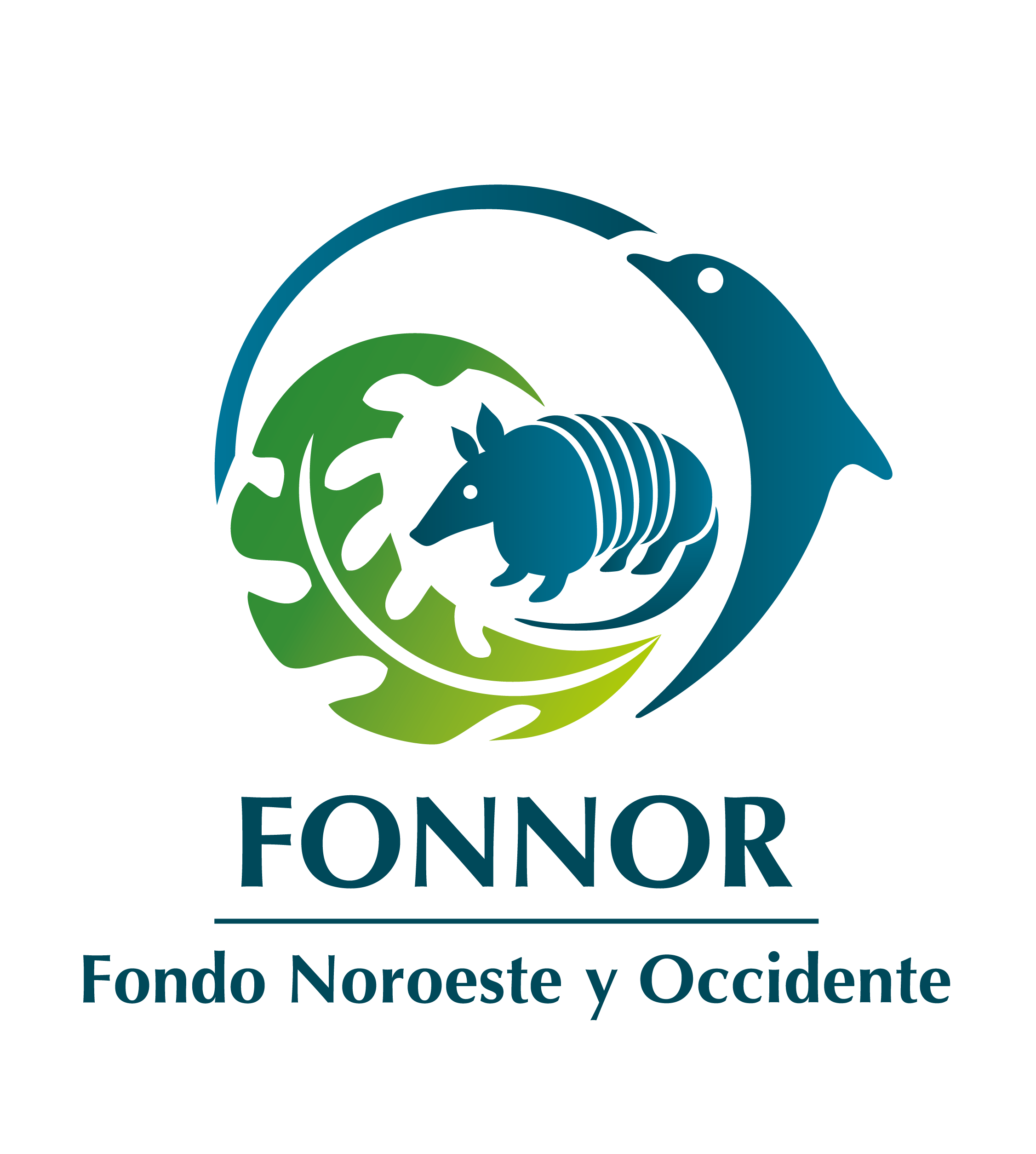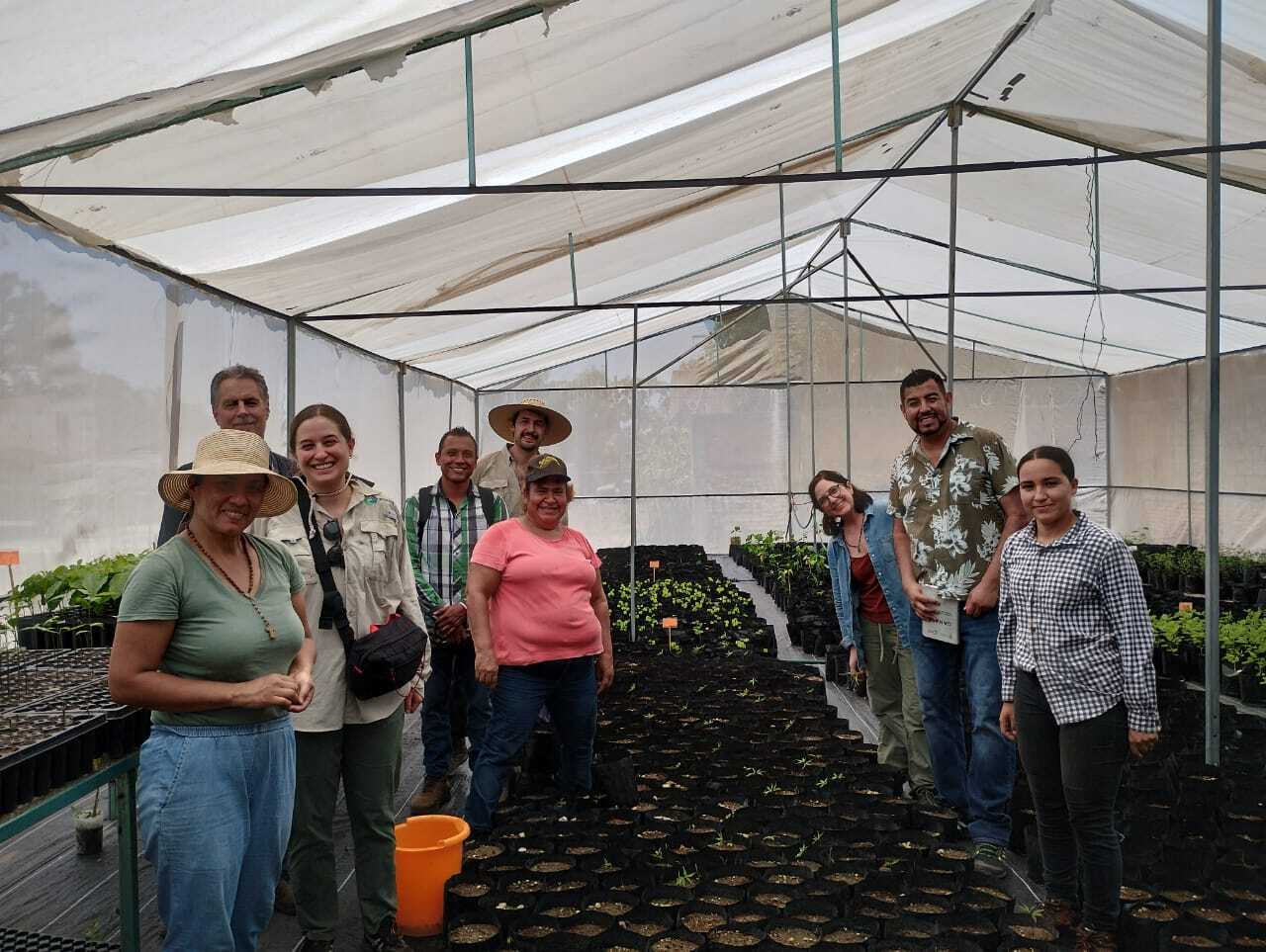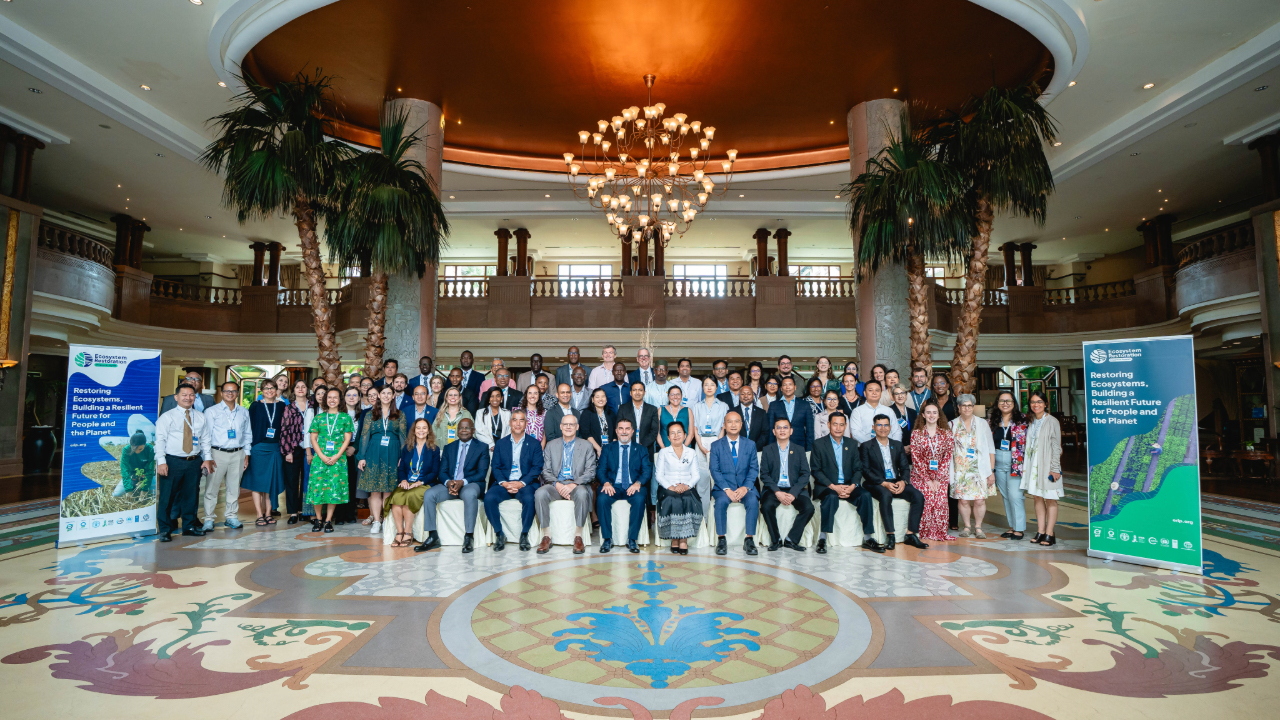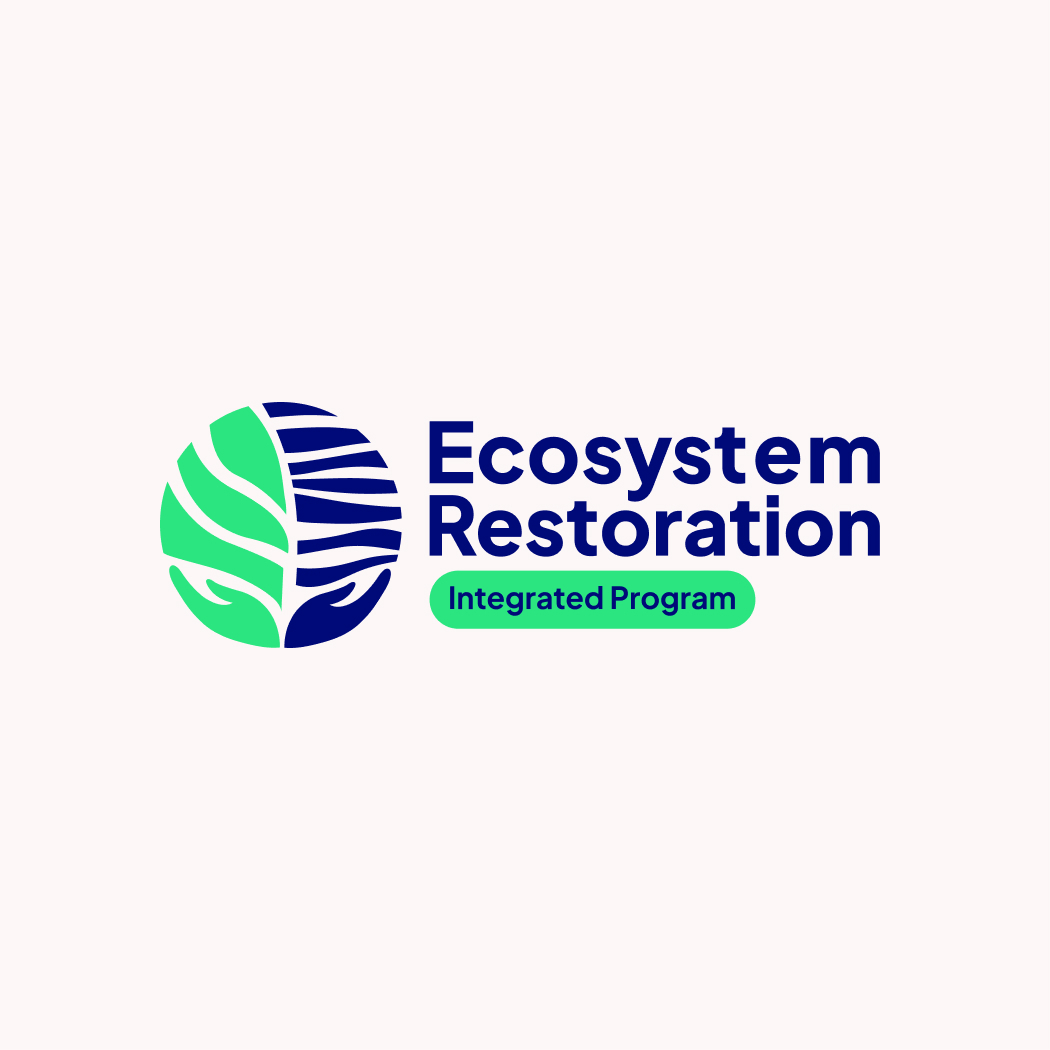Restoration ambition
Mexico is working to restore and sustainably manage its watershed ecosystems, aligning with national and global restoration goals to improve water availability and quality, restore biodiversity, and reduce climate-related risks.
The project will focus on enabling conditions by developing coordination mechanisms for restoration planning, promoting inclusive and coherent policies, and establishing multi-stakeholder platforms.
Restoration activities will include direct actions in both productive and non-productive areas, nature-based solutions, and community-driven initiatives. Financing will be mobilized through the development and implementation of financing mechanisms, access to new markets, and support for long-term sustainability.
Knowledge management will be supported through monitoring, evaluation, and knowledge exchange to share best practices and lessons learned.
Photo credit: Orígen

